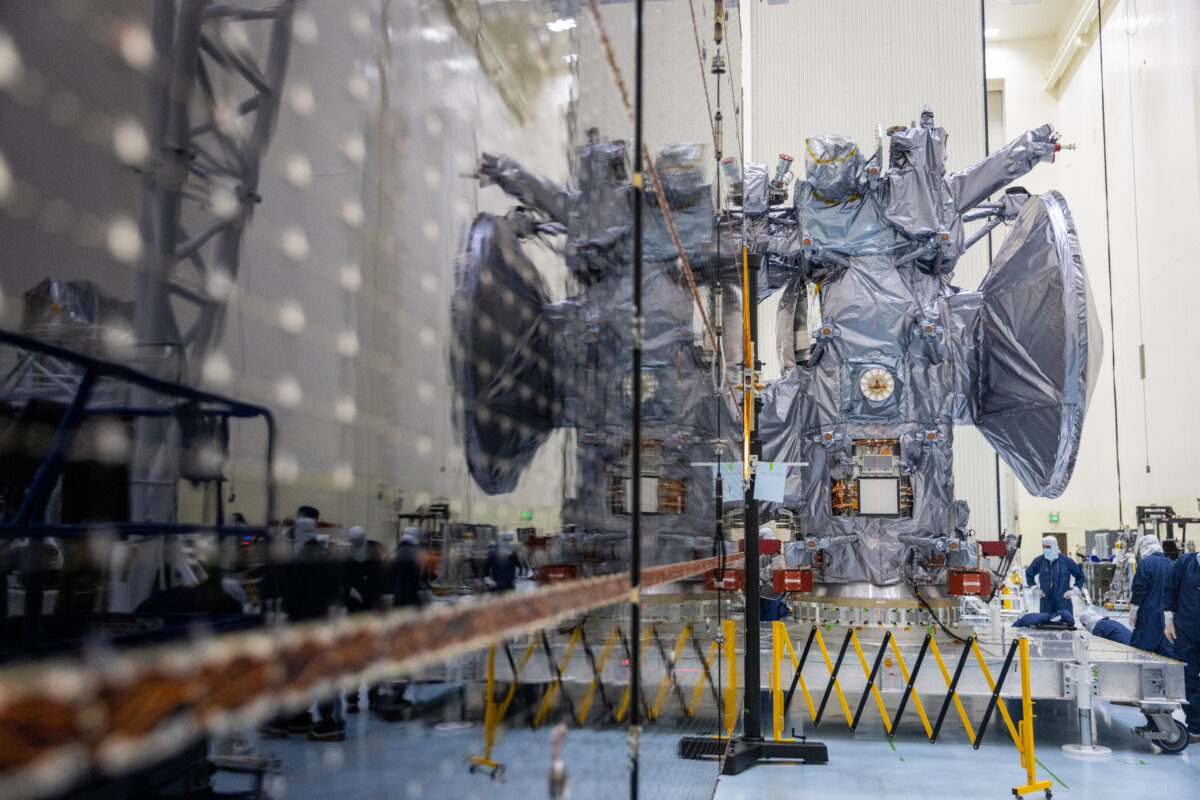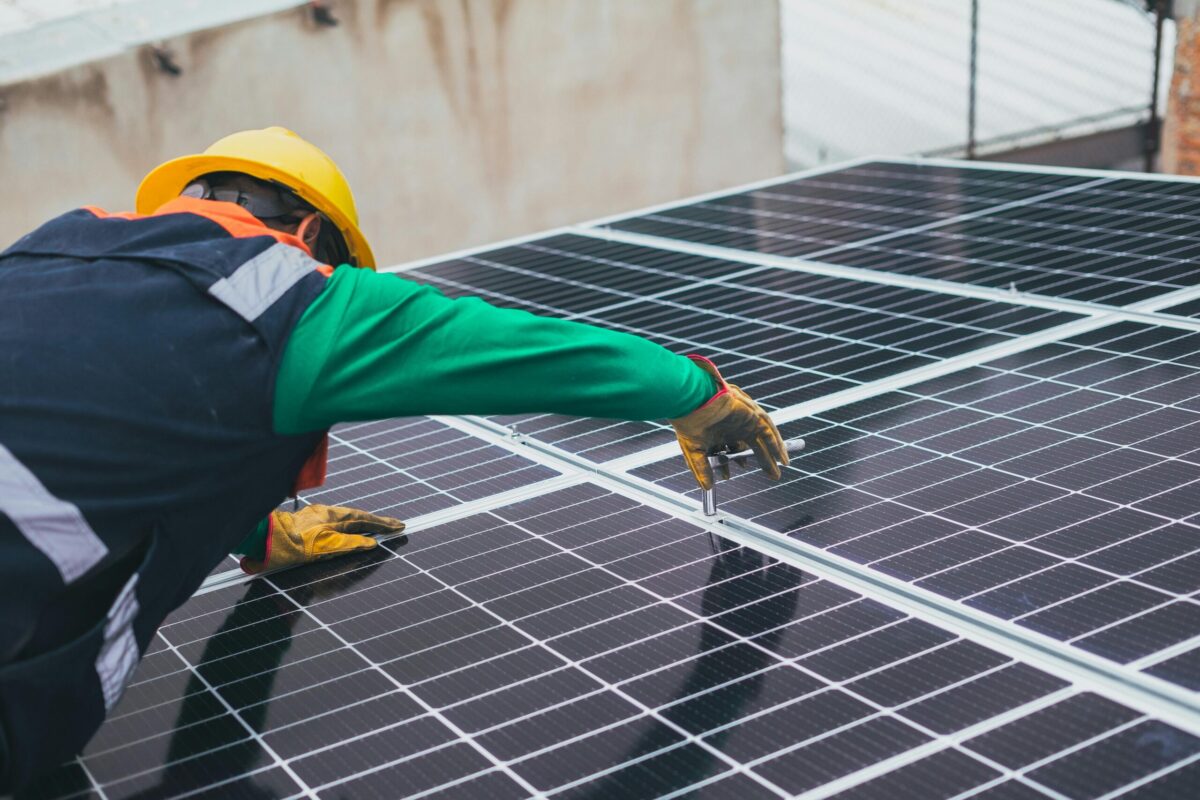NASA installed the solar array for the Europa Clipper spacecraft, a robotic craft with a mission to reach Jupiter’s moon Europa by 2030. The large moon is one of 95 that orbit Jupiter, and it is studied closely due to its potential to host life in its global liquid ocean underneath its icy surface.
Europa Clipper will be the largest spacecraft NASA has ever developed for a planetary mission. The craft is outfitted with large solar arrays that will serve as the primary power source for the mission. The arrays are large, as the Jupiter system is more than five times as far from the sun as Earth.
The craft’s arrays are built as two five-panel wings. Each solar array measures 46.5 feet in length. To install the array, the team suspended the solar array on a gravity offload support system that helps support the weight of the solar array while it’s here on Earth. Next, NASA technicians will begin inspecting and cleaning as part of its assembly, test and launch operations.
The array uses Azur Space 3G28 solar cells – with substrate panels from Airborne in the Netherlands, laid down by Leonardo in Italy and integrated into solar panels by Airbus Defence and Space in the Netherlands. The NASA Juice Mission also uses Azur Space 3G28 cells.

The solar cells are designed for space travel, with self-annealing properties and the ability to operate under the intense radiation of space. More details can be found on an Airbus document.
The array is folded when launched and is designed for a passive deployment with spring-motorized hinges.
At launch, Europa Clipper will weigh approximately 13,000 lbs. Almost half of the weight will be fuel – nearly 6,000 lbs of propellant.
“Europa Clipper will launch in October 2024 on a SpaceX Falcon Heavy rocket from Kennedy Space Center in Florida. The spacecraft will fly by Mars, then back by Earth, using the gravity of each planet to increase its momentum. These so-called ‘gravity assists’ will provide Europa Clipper with the velocity needed to reach Jupiter in 2030,” said NASA.
This content is protected by copyright and may not be reused. If you want to cooperate with us and would like to reuse some of our content, please contact: editors@pv-magazine.com.









By submitting this form you agree to pv magazine using your data for the purposes of publishing your comment.
Your personal data will only be disclosed or otherwise transmitted to third parties for the purposes of spam filtering or if this is necessary for technical maintenance of the website. Any other transfer to third parties will not take place unless this is justified on the basis of applicable data protection regulations or if pv magazine is legally obliged to do so.
You may revoke this consent at any time with effect for the future, in which case your personal data will be deleted immediately. Otherwise, your data will be deleted if pv magazine has processed your request or the purpose of data storage is fulfilled.
Further information on data privacy can be found in our Data Protection Policy.